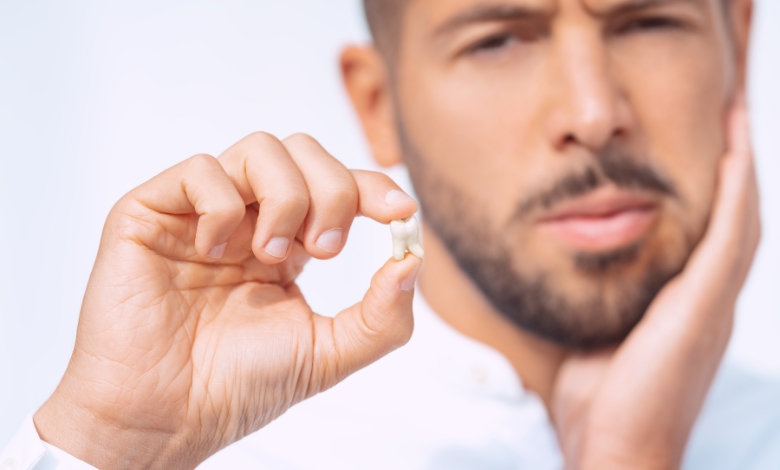Why has Benadryl cream been discontinued? Discover the real reasons behind its disappearance and explore alternative solutions.
Ever gone to a pharmacy, reached for your trusty Benadryl cream, and, oh no, guess what? It’s gone? If you’re me, your first reaction will have most likely been, “They must have relocated it to a new aisle.” But then, when searching for it in stores, your confusion intensifies. Has it actually been discontinued? And, most importantly, why?
You’re not alone in this search. People everywhere are scratching their heads (hopefully not from an itchy rash) wondering what happened. It turns out, changes in a company’s business model can often lead to product discontinuations. So, let’s dive deep and uncover the real reasons why Benadryl cream has vanished from store shelves, and what you can do about it.
Article Breakdown
The FDA Warns: How Creams Can Get Confused with Pills

Accidental Ingestion: A Chance
Now, I’m thinking, who in their right mind takes anti-itch cream? Believe it or not, it happens more times than you’d ever care to believe. In 2010, the U.S. Food and Drug Administration (FDA) posted a warning about accidental use of Benadryl Extra Strength Itch Stopping Gel.
Kids and seniors, specifically, were getting confused and substituting the cream for oral Benadryl. And the consequence? Toxicity-related health repercussions, including hallucinations, disorientation, and loss of consciousness. Yikes.
How It Became a Huge Issue
Part of the problem lay with packaging. Over-the-counter and prescription forms were similar, and with catastrophic results, mix-ups happened. To wake in a sleep-muddled state and grab for a midnight shot of Benadryl, not knowing one took a dermal dose, is a horror scenario. There were enough dangers for the FDA and producer to act.
The Quick Fix That Fell Short
To try and remedy the confusion, the company placed bold labels reading “FOR SKIN APPLICATION ONLY.” They even placed stickers in bold colors onto the caps in an attempt to discourage swallowing. But it was too little, too late, the trust in the product had been broken, and the scrutiny never actually ceased.
The Recall That Sent Shockwaves Through the Industry
Benadryl’s Parent Company Faced a Tough Reality
In 2010, McNeil Consumer Healthcare (a subsidiary of Johnson & Johnson) issued a massive recall of various products, including Benadryl. The reason? Contamination, packaging issues, and inconsistencies in formulation. Some products emitted a strange odor due to chemical byproducts, while others had an imbalance of ingredients.
What Went Wrong?
Think of it like baking a cake. Imagine if sometimes you get the right amount of sugar, and other times you get way too much or too little. That’s basically what happened with some of the Benadryl products, they weren’t consistently meeting quality standards.
And when a giant company like Johnson & Johnson has to recall millions of units, it’s not just about fixing a single product, it’s about rebuilding consumer trust.
Why This Led to Discontinuation
Rather than continuing to fight an uphill battle, the company may have decided that keeping certain topical Benadryl products on the market wasn’t worth the risk. When a product gets too many strikes against it, even if it’s effective, it sometimes gets pulled for good.
So, What’s Left? Are There Any Alternatives?
Benadryl Cream vs. Other Benadryl Products
Before you panic, not all Benadryl creams are gone. Some variations, like the Benadryl Itch Stick, are still available. The company likely discontinued certain formulations while keeping others that posed fewer risks.
Better, Safer Options to Consider
If you’re mourning the loss of your go-to anti-itch cream, don’t worry, I’ve got you covered. Here are some great alternatives:
✅ Hydrocortisone Cream: A solid alternative that reduces redness and itching.
✅ Calamine Lotion: A classic choice for bug bites and rashes.
✅ Antihistamine Gels (Non-Benadryl Brands): Many drugstore brands offer diphenhydramine-based creams with safer packaging.
✅ Natural Remedies: Aloe vera, oatmeal baths, and cold compresses can also soothe irritated skin.
Key Takeaways: Why This Matters to You
- The discontinuation of Benadryl cream highlights important issues like consumer safety, trust, and corporate responsibility.
- Long-time users may feel frustrated, but understanding the reasons behind the decision provides clarity.
- Being informed helps you make the best choices for yourself and your family.
What Can You Do Next?
💡 Check out alternative products that are still available.
💡 Be mindful of product recalls when choosing over-the-counter meds.
💡 Advocate for clearer labeling and safer packaging to prevent future confusion.
Useful Articles:
- FDA Warns Clinicians Not to Confuse Epinephrine Products: A safety alert issued by the FDA warning clinicians about the risks of confusing epinephrine products due to similar packaging.
- FDA Warns Health Care Professionals Not to Use Epinephrine Nasal Solutions: The FDA advises against using unapproved epinephrine nasal solutions from specific manufacturers due to safety concerns.
- Tylenol Chief Keeps His Job Despite 11 Product Recalls: An article discussing Johnson & Johnson’s response to the 2010 recall and the impact on its leadership and operations.
- Diphenhydramine Topical Alternatives Compared: A comparison of alternatives to diphenhydramine topical products, including hydrocortisone and other options.
- Benadryl vs Hydrocortisone Cream: Which is Better: A detailed comparison of Benadryl cream and hydrocortisone cream, highlighting their uses and cost-effectiveness.
Disclaimer: This content is for informational purposes only and should not be considered medical advice. Always consult with a healthcare professional before using any medication or product to treat a medical condition. Remember, it’s important to always read and follow label instructions carefully and use products as directed.



